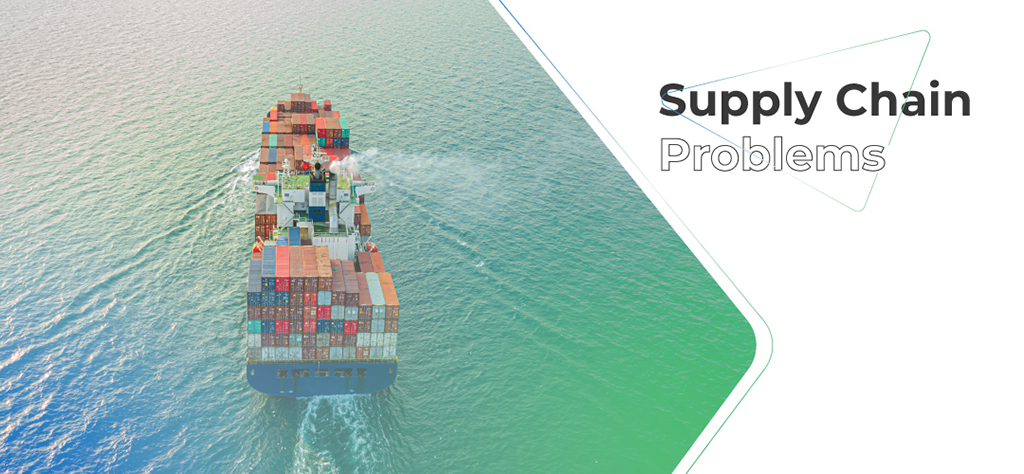Common Supply Chain Problems and How to Solve Them

The Covid-19 pandemic is still bringing many changes to the business world. Companies that have managed to survive since 2020 use various methods by downsizing their business, selling inventory, or focusing on maintaining capital and assets.
It cannot be denied that the peak of the pandemic in 2020 is a big challenge for all business sectors. One of the perceived problems is in the supply chain or supply chain.
Problems in the supply chain can occur in a pandemic situation or not because of the large number of requests or demands from consumers. Problems in the supply chain are also driven by a new culture and behavior from the way people shop through digital platforms.
As long as the pandemic continues, the supply chain system will still be hampered because it damages the productivity of a business. However, despite the existing problems, companies that managed to get past the peak of the pandemic have managed to get around all the inefficiencies. If your business is still experiencing problems with the supply chain system, here's how to fix it.
1. Controlling Raw Material Limitations
The supply of raw materials is one of the many supply chain problems experienced by companies. Such as the scarcity of raw materials, long production times, price increases, and difficulties in delivering raw materials.
This could be caused by a sudden increase in consumer demand. Expand the reach of the vendor's resources. That way, the company will have many options to meet the needs of consumers.
2. Increase in Shipping Costs and Cargo Prices
With changes in people's behavior in shopping, the use of e-commerce is increasing rapidly. Shopping behavior like this will directly increase the demand for imported goods. Many cargoes cannot operate to deliver goods so you will need to expand your network to find alternatives.
3. Forecasting Difficulty
Forecasting is the process of estimating and predicting the raw materials that must be provided to meet consumer demand. With high demand fluctuations, it is very difficult to get accurate data to later use as a spending forecast
Therefore, the company will be vulnerable to experiencing shortages or excess raw materials. To improve the accuracy of forecasting results, you can use automation in existing calculations and data collection. So that the estimated data that is done is no longer based on instinct.
4. Shipping Congestion
The existence of congestion at the dock is one of the major problems in the supply chain. Since the pandemic, the number of workforce reductions and the culture of social distancing have become the two main factors in this congestion.
In this case, punctuality becomes a sacrifice of the supply chain. Improve the agreement with consumers by making a disclaimer from the beginning of the order in order to minimize conflicts.
You can also set up company networking so that it has many options to meet the needs of consumers. This can provide options so that shipping issues can be resolved.
5. Digitizing the Supply Chain
The technology industry 4.0 is indeed considered to bring many advantages in terms of effectiveness and efficiency. Such as the use of Artificial Intelligence, electric vehicles, robots and drones for faster delivery. This requires time-consuming adaptation.
However, you can overcome the problems above in various ways and approaches. This approach will not directly solve your problem, but with some techniques and a combination of instinct. Even so, at least it can minimize the burden you carry.
6. Maintain Liquidity
With high demand fluctuations, it would be better to prepare capital assets with flexible flows. For example, by using LoC (Line of Credit) which allows companies to be able to withdraw fresh funds according to their needs.
7. Predicting Future Conditions
Avoid making decisions based on instinct. As much as possible, use data through automated processes to maintain a balance between demand, warehouse stock, and the amount of raw material spent.
To be able to create a good business ecosystem, prasmul-eli provides an opportunity for managers to learn about omnichannel (offline and online collaboration), cooperation, disintermediation (manufacturer and retailer), and resource sharing through the Supply Chain Management program to create a better system.